Saint Louis << saynt LOO ihs >> is the second largest city in Missouri and a leading industrial and transportation center of the United States. Among Missouri’s cities, only Kansas City has more people. But St. Louis has the state’s largest metropolitan area. 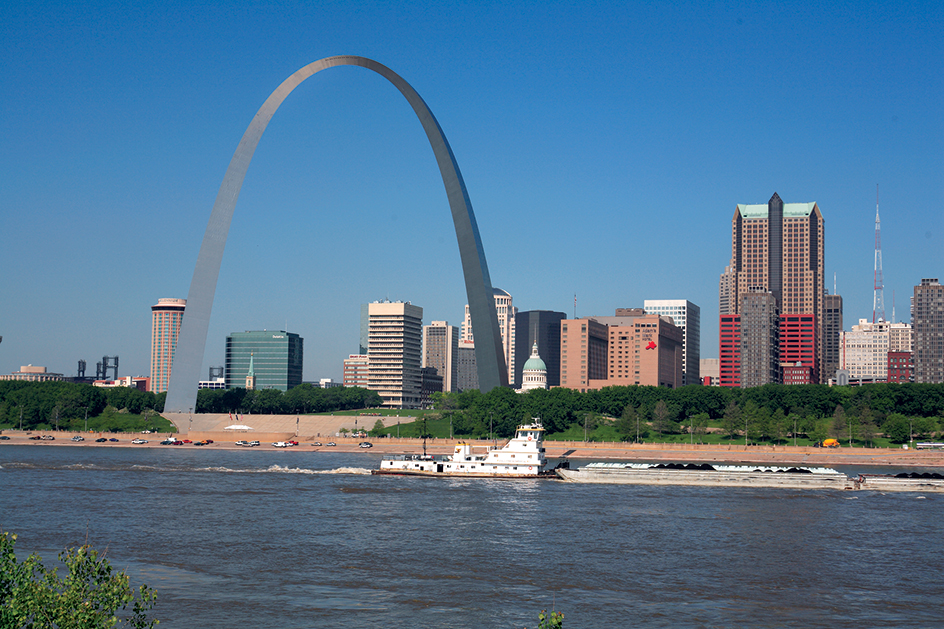
St. Louis lies on the west bank of the Mississippi River, about 10 miles (16 kilometers) south of where the Mississippi meets the Missouri River. This location has made St. Louis the busiest inland port on the Mississippi River.
In 1764, French fur traders built a post on the site of what is now St. Louis. They chose the site because Indians bringing furs to trade could reach it easily by canoe. The French named the settlement for King Louis IX, who had been made a saint. It came under the control of the United States when President Thomas Jefferson bought the Louisiana Territory from France in 1803 (see Louisiana Purchase).
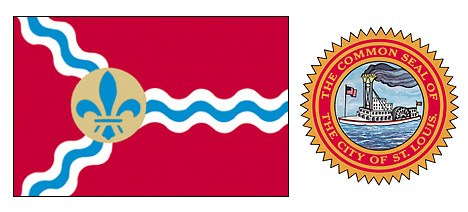
During the first half of the 1800’s, St. Louis served as a gateway to the West and as a main port for Mississippi River steamboats. The city became a railroad center after the American Civil War (1861-1865). During the late 1800’s, industrial expansion helped St. Louis become one of the nation’s chief urban centers.
Metropolitan St. Louis
The metropolitan area of St. Louis extends across the Mississippi River into Illinois. In Missouri, the metropolitan area includes Franklin, Jefferson, Lincoln, St. Charles, St. Louis, and Warren counties, part of Crawford county, and the city of St. Louis. In Illinois, the metropolitan area covers Bond, Calhoun, Clinton, Jersey, Macoupin, Madison, Monroe, and St. Clair counties.
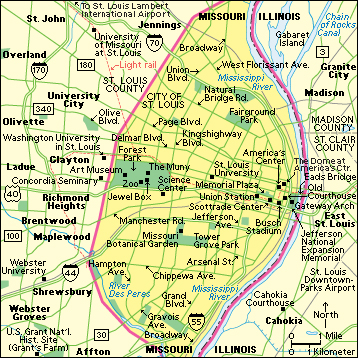
The city
extends along the Mississippi River for 19 miles (31 kilometers). Gateway Arch National Park (formerly the Jefferson National Expansion Memorial) stands on the riverfront. This park honors Thomas Jefferson, the Louisiana Purchase, and the pioneers who settled the West. It includes the Gateway Arch, 630 feet (192 meters) high, the nation’s tallest monument. Small cars inside the monument carry visitors to the top for a magnificent view of the city.
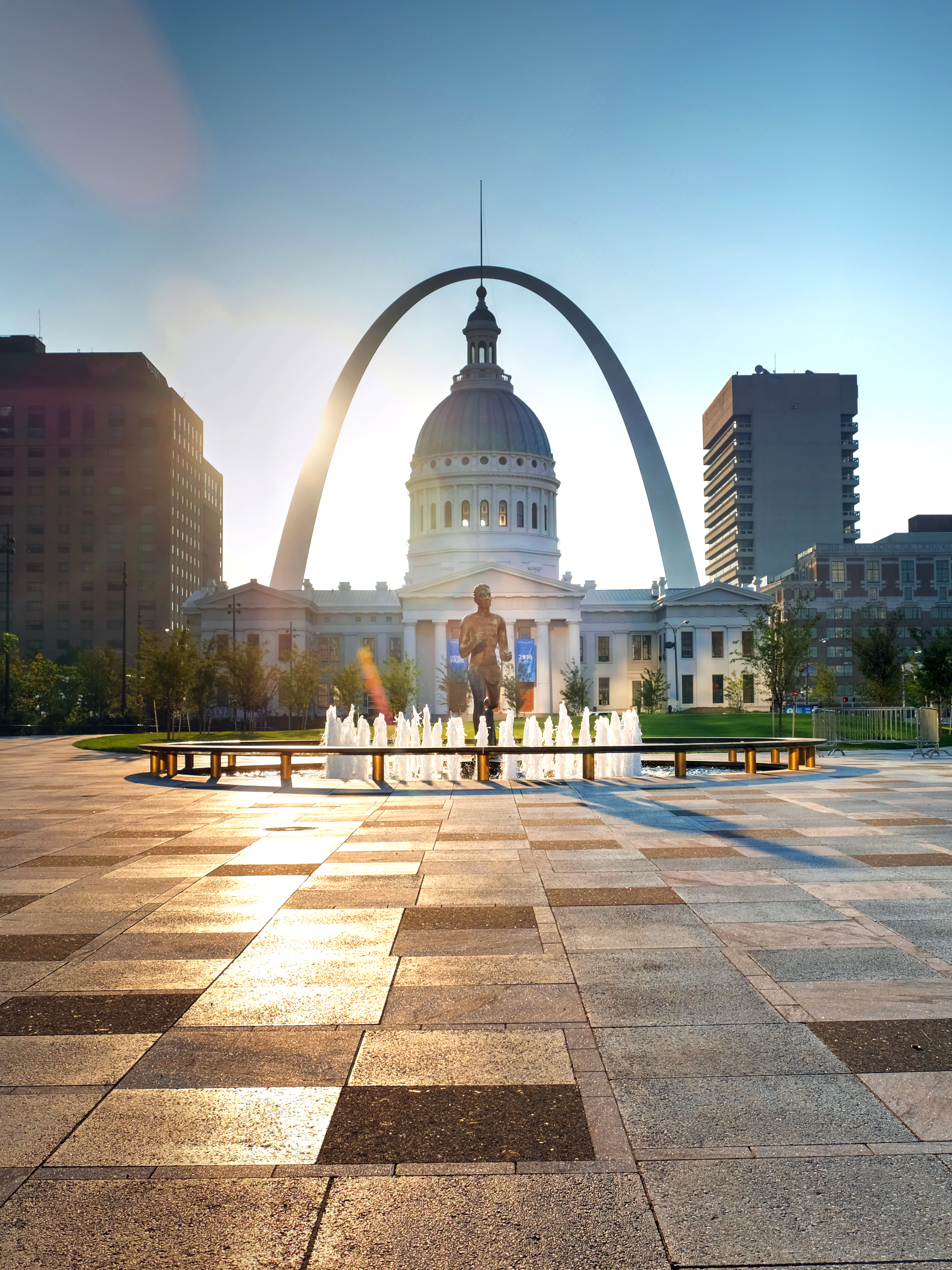
The historic riverfront area includes the Old Courthouse, site of the famous Dred Scott slavery trial. Also in the area is the Old Cathedral, a Roman Catholic church that was completed in 1834.
Downtown St. Louis lies between the riverfront and 15th Street. Many of the city’s civic buildings rise around downtown’s Memorial Plaza. These civic buildings include City Hall and the Soldiers’ Memorial.
The residential areas of St. Louis spread outward from the downtown area. About two-thirds of the dwellings are single-family homes. Like many other industrial cities, St. Louis has neighborhoods with run-down buildings.
The metropolitan area.
St. Louis suburbs in Missouri include Chesterfield, Ferguson, Florissant, Kirkwood, Maryland Heights, St. Charles, University City, and Webster Groves. Several bridges across the Mississippi link St. Louis with the Illinois part of its metropolitan area. The historic Eads Bridge extends from the foot of Washington Avenue to East St. Louis. This steel-arch bridge was considered an engineering wonder when it was completed in 1874.
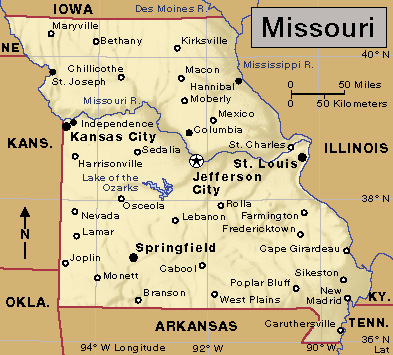
People
The city includes many people of African, English, French, German, Irish, Italian, Polish, and Scottish descent. About 45 percent of the people of St. Louis are African Americans.
Economy
Industry.
The production of transportation equipment is the city’s leading manufacturing activity, and St. Louis is an important automobile-manufacturing center. St. Louis plants also produce military airplanes.

The metropolitan area of St. Louis is the home of Anheuser-Busch, a large beer brewer. The area is also an important manufacturer of chemicals, food and food products, and such primary metals as iron and lead. St. Louis and Washington universities have major centers of medical research. The city has also become a center of research and development in the plant and life sciences fields, particularly in the area of genetic engineering for agricultural applications.
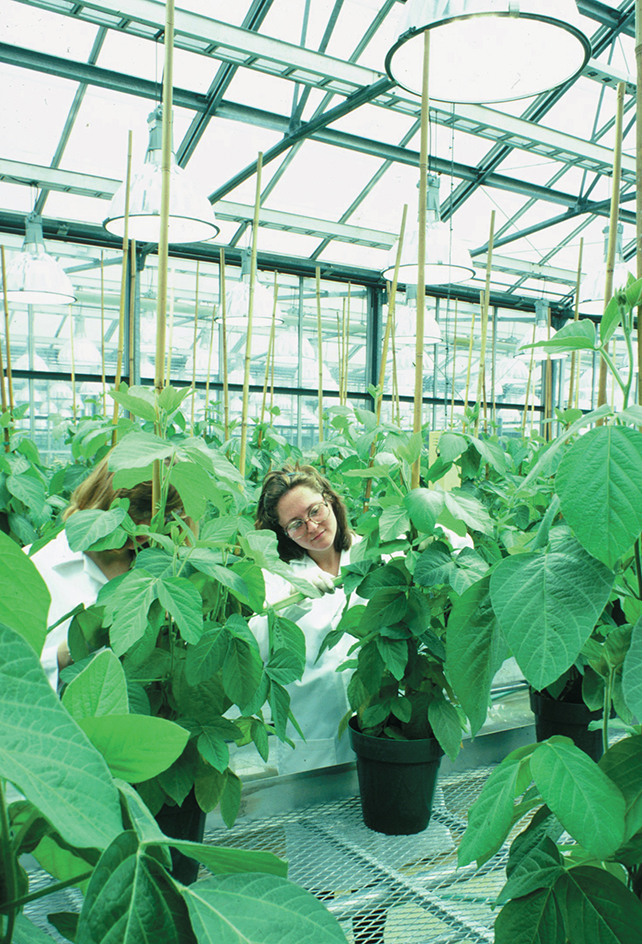
Transportation, communication, and finance.
St. Louis is a leading U.S. rail and trucking center. Several rail freight lines, the Amtrak rail passenger service, and hundreds of trucking companies serve St. Louis. Several interstate highways connect in the city. St. Louis Lambert International Airport is one of the nation’s busiest airports.
Public transportation is not heavily used in St. Louis. Metro, an interstate transportation agency created by the legislatures of Missouri and Illinois, operates a bus system that serves the city and suburbs. However, the bus system has difficulty providing adequate service and meeting costs. Unlike the bus system, MetroLink light rail passenger system has been popular since it began operating in 1993. Metrolink crosses the Mississippi River, operating between St. Louis Lambert Airport on the west and a point near Belleville, Illinois, on the east. The system also extends from Forest Park through the St. Louis County suburbs of Clayton and Shrewsbury.
St. Louis lies in the heart of the U.S. inland waterway system and is one of the nation’s largest inland ports. The city handles millions of tons of cargo yearly. All the major barge lines serve the city.
St. Louis is the financial center of the Central Mississippi River Valley. It serves as the headquarters of the Eighth Federal Reserve District Bank.
St. Louis has one general daily newspaper, the St. Louis Post-Dispatch. The paper dates from 1878, when the American newspaperman Joseph Pulitzer bought the St. Louis Dispatch and the Evening Post and combined them into one paper.
Education
In 2007, the state of Missouri took over the St. Louis public school system as part of an attempt to improve the district’s finances and academic performance. An elected school board resumed control of the schools in 2019. African Americans make up a large majority of the public school enrollment. Through a voluntary program designed to promote racial integration, a number of black students are bused to schools in white suburban areas. Some white students, in turn, are bused to magnet schools in primarily black neighborhoods. The magnet schools have special educational programs that attract students from throughout the area.
St. Louis University, founded in 1818, is the oldest university west of the Mississippi River. Other schools in or near St. Louis include Concordia Seminary, Fontbonne University, Harris-Stowe State University, Maryville University of St. Louis, Missouri Baptist University, Southern Illinois University at Edwardsville, University of Health Sciences and Pharmacy in St. Louis, Washington University in St. Louis, Webster University, and a branch of the University of Missouri. The St. Louis Public Library has branches throughout the city.
Cultural life
The arts.
The St. Louis Symphony, the second oldest orchestra in the United States, performs in Powell Symphony Hall. The orchestra began as a choral group in 1880, about 40 years after the New York Philharmonic Orchestra was established. Every summer, the Municipal Theatre Association of St. Louis—commonly known as the Muny—presents musical comedy, light opera, and concerts in an open-air theater in Forest Park.
Other musical groups performing in the area include the Opera Theatre of St. Louis and the St. Louis Philharmonic Orchestra. The St. Louis Art Museum is notable for its collection of pre-Columbian art. The Fox Theatre and the Repertory Theatre of St. Louis present major stage attractions.
Museums.
The Missouri History Museum, in Forest Park, contains exhibits on the history of Missouri, St. Louis, and other topics. The Old Courthouse, in Gateway Arch National Park, hosts exhibits about the Dred Scott slavery trial. The park, which includes the grounds of the Gateway Arch, is also home to the Museum at the Gateway Arch. The National Blues Museum, in downtown St. Louis, contains exhibits and hosts performances celebrating blues music. The National Museum of Transportation in Kirkwood, has old locomotives, streetcars, buses, airplanes, and horse-drawn equipment. The Magic House, also in Kirkwood, has science exhibits for children.
Recreation
Parks.
St. Louis has dozens of parks. Forest Park, covering about 1,300 acres (530 hectares), is one of the largest city parks in the United States. It includes golf courses, lagoons for boating, and picnic areas. The park is the site of the St. Louis Zoo, noted for its animal shows; the Jewel Box, a building that features flower exhibits; the St. Louis Art Museum; and the St. Louis Science Center, which includes a planetarium and a museum of science and natural history. The Missouri Botanical Garden, near Tower Grove Park, has one of the nation’s finest collections of plant life. The garden includes a Japanese garden and the Climatron, a modern greenhouse that grows a variety of tropical plants.
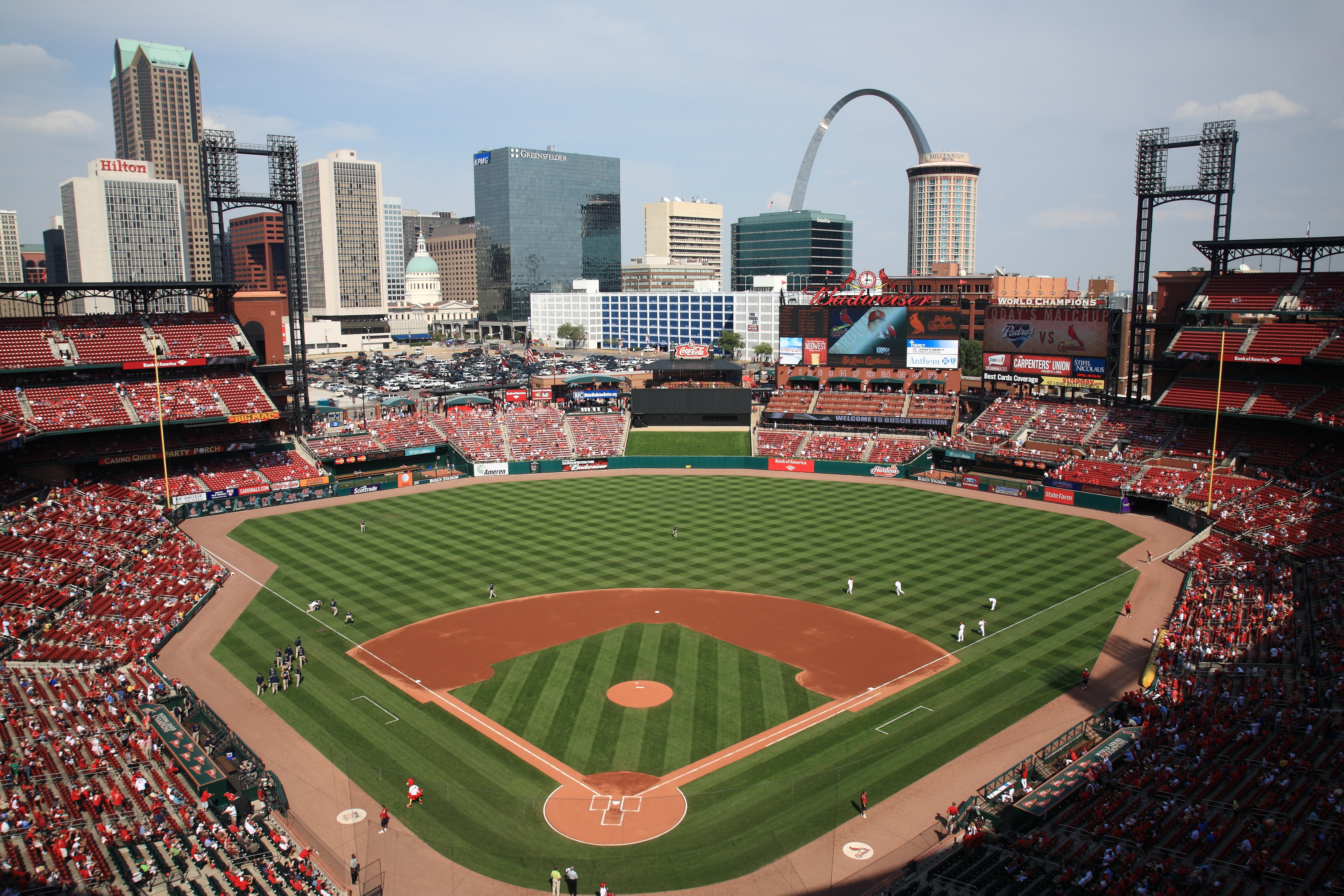
Sports.
St. Louis has three major professional athletic teams. One of them is a major league baseball team, the St. Louis Cardinals of the National League. The others are the St. Louis Blues of the National Hockey League and St. Louis City SC of Major League Soccer.
Places to visit.
The Gateway Arch, described in The city section of this article, is a major attraction for visitors. Other interesting places to visit include:
Aloe Plaza,
on Market Street. The plaza features the Meeting of the Waters fountain designed by the sculptor Carl Milles. The fountain portrays the meeting of the Mississippi and Missouri rivers.
Grant’s Farm,
in Grantwood. This 281-acre (114-hectare) area includes a cabin owned by Ulysses S. Grant before the Civil War. Buffalo, deer, and elk roam through a nearby park.
Union Station,
on Market Street. This former train station is now a hotel and entertainment complex.
Government
St. Louis has a mayor-council form of government. The voters elect the mayor, the 14 members of the Board of Aldermen, and the president of the Board of Aldermen—all to four-year terms. The city’s chief sources of revenue are taxes on property and retail sales and taxes on individual and business earnings. The earnings tax is collected from everyone who lives or works in St. Louis.
St. Louis is one of the few U.S. cities that is not in a county. In 1876, St. Louis withdrew from St. Louis County and became an independent city. It took this action so it could elect officials who would take a special interest in St. Louis affairs. The city has the status of a county—though it is not officially one—so it can be represented in the Missouri legislature. The city faces Illinois on the east, but St. Louis County borders the city on the other three sides. St. Louis has often tried to extend its borders, but the county has opposed such changes. The county has blocked the city’s efforts to rejoin the county and many of its proposals to form joint agencies to handle metropolitan problems.
History
Early settlement.
The Missouri and Osage Indians lived in the St. Louis region when French explorers arrived in the mid-1600’s. In 1763, a French fur trader, Pierre Laclede Liguest, and his 14-year-old stepson, Rene Auguste Chouteau, visited the site of what is now St. Louis. The next year, they established a settlement there and opened a trading post.
The community was actually founded on Spanish territory. In a secret treaty signed in 1762, France had given all its territory west of the Mississippi River to Spain. The French gave their land east of the river to Britain in 1763. St. Louis grew rapidly as French settlers, who preferred Spanish to British rule, crossed the river and settled around the trading post.
The 1800’s.
France regained control of the St. Louis region in 1800, under another treaty. On March 10, 1804, the transfer of the northern part of the Louisiana Purchase region from France to the United States took place in St. Louis. The settlement became a key point in the westward expansion of the United States. The expeditions of Meriwether Lewis and William Clark and of Zebulon M. Pike started from the area. Keelboats, and later steamboats, traveled up the Missouri River and its tributaries and returned with fortunes in furs.
St. Louis was incorporated as a town in 1809. In 1822, when it became a city, St. Louis had a population of about 5,000. During the mid-1800’s, many German and Irish workers settled in the city. Between 1840 and 1860, the population increased from 16,469 to 160,773. During the Civil War (1861-1865), St. Louis served as the western headquarters of the Union Army. Railroad construction brought steady growth after the war. By 1870, St. Louis had 310,864 people and was the third largest U.S. city behind New York City and Philadelphia.
In 1874, the Eads Bridge was completed across the Mississippi River. The Illinois coal fields then became easier to reach from St. Louis, and the city’s suburbs in that state began to grow. The city became an important manufacturing center during the late 1800’s.
The 1900’s.
The Louisiana Purchase Exposition was held in Forest Park in 1904, along with the Olympic Games. The exposition, also called the St. Louis World’s Fair, boosted trade and culture in the city.
St. Louis continued to grow during the early 1900’s. By 1920, its population reached 772,897. In 1927, a group of St. Louis business people financed Charles A. Lindbergh’s historic flight from the United States to France. Lindbergh’s airplane was named Spirit of St. Louis.
During World War II (1939-1945), St. Louis factories produced military equipment for the Allies. By 1950, 856,796 people lived in the city.
A nationwide trend toward suburban living began during the 1950’s in the United States. This trend resulted in thousands of whites moving to newly built areas outside the city. The population of St. Louis fell to 750,026 by 1960. In addition, problems of citywide decay became increasingly serious during the 1950’s. St. Louis built new schools, expressways, and housing for low-income people during the 1950’s and 1960’s to improve living conditions in the city.
Between 1970 and 1980, the population of St. Louis declined more than that of any other major U.S. city. During this period, the population fell from 622,236 to 452,801, a decrease of more than 27 percent. Between 1980 and 1990, the population fell to 396,685, a decrease of 12 percent.
The opening of the $36-million Cervantes Convention Center (now called America’s Center) in downtown St. Louis in 1977 spurred the development of that area. During the late 1970’s and early 1980’s, developers converted nine blocks of downtown St. Louis into an entertainment district. The district, called Laclede’s Landing, features restaurants, nightclubs, offices, and apartments in restored old buildings. In 1985, Union Station, a downtown train station, was remodeled into a shopping, dining, and entertainment complex.
In 1993, St. Louis voters elected Freeman R. Bosley, Jr., mayor. Bosley, a Democrat, was the city’s first African American mayor. He served until 1997.
Recent developments.
In 2020, the city had 301,578 people. The population had decreased by 25 percent during the 1990’s and first two decades of the 2000’s. St. Louis officials have encouraged city redevelopment projects to try to help reverse the population trend. The federal government has helped fund programs to restore housing in the city’s run-down neighborhoods.
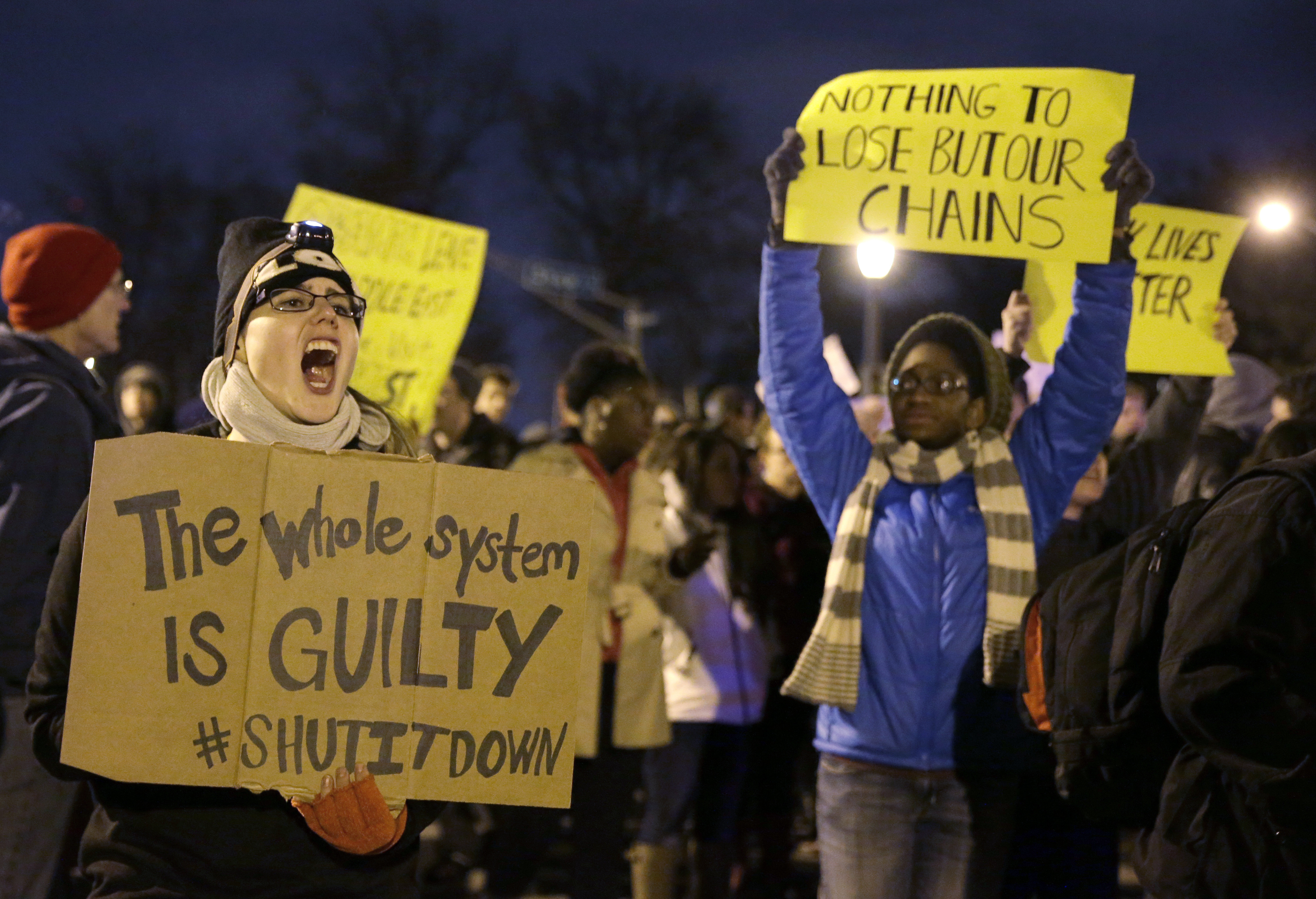
In 2013, work began on the “Park over the Highway” project in downtown St. Louis. The project, which involved the construction of a “lid” over a section of interstate highway, improves pedestrian access between the city’s riverfront and downtown areas. The project also included an extensive renovation of the grounds surrounding the Gateway Arch. The renovation was completed in 2018.
